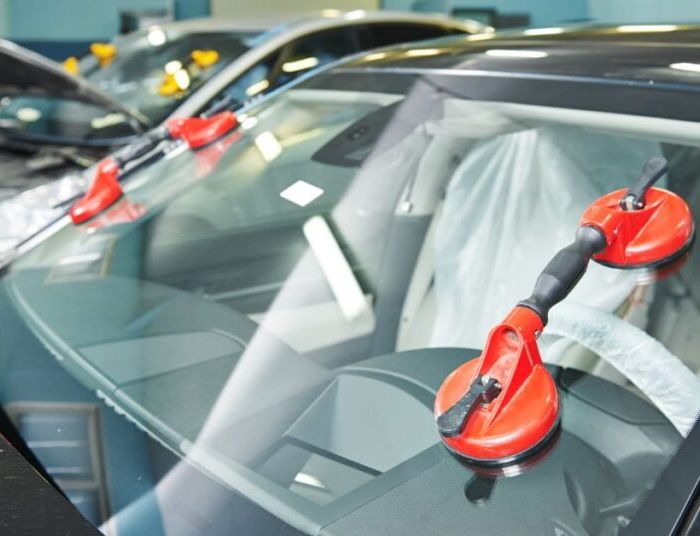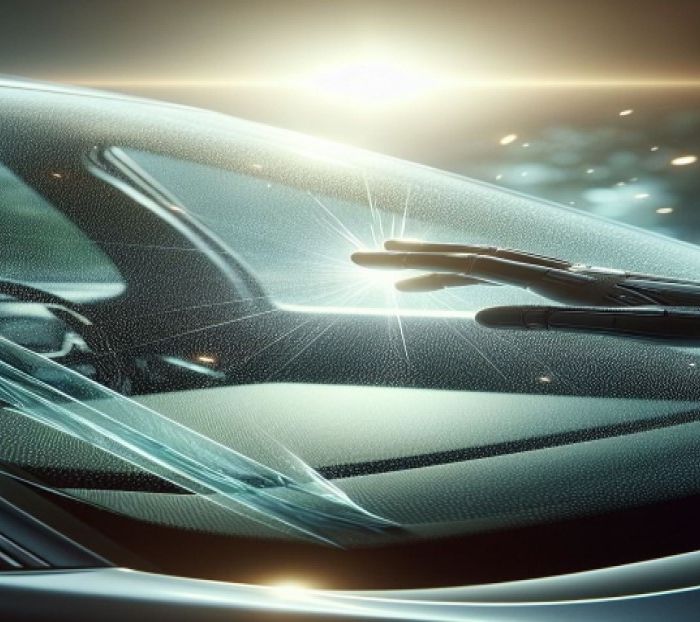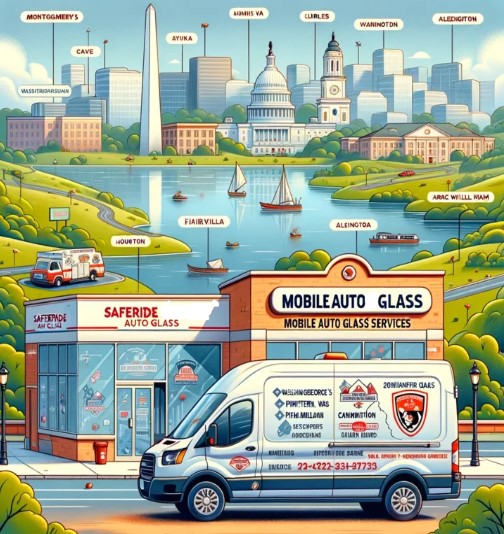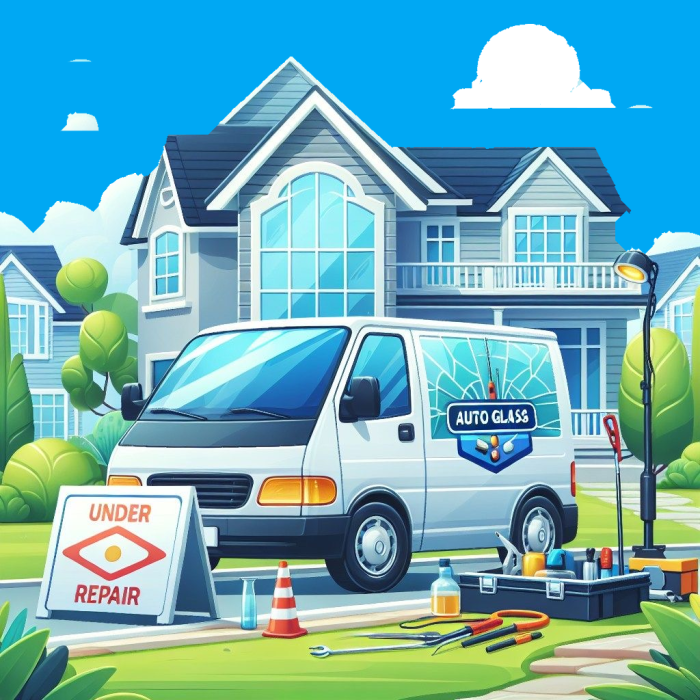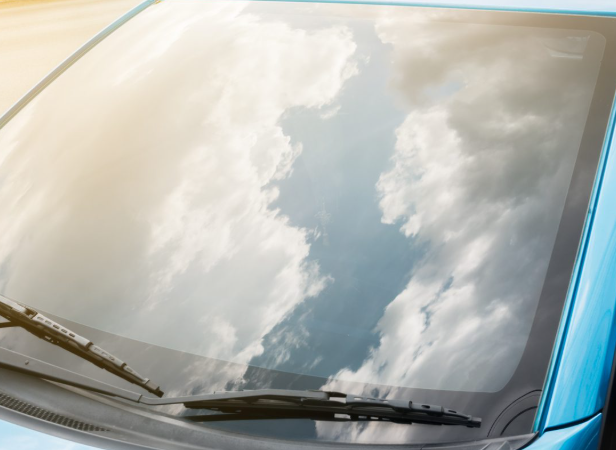The windshield’s initial functions were rudimentary, serving merely as a form of protection. Now, modern cars are equipped with features that improve comfort, driving experience, and safety. Along with newly developed technologies and materials, the entire concept of windshield construction is being updated. The emphasis today is on sustainability, user experience, safety, and eco-friendliness. This review will analyze the innovations of smart glass windows, self-healing glass, augmented reality displays, and advanced glass coatings.
Switchable or electrochrome glass, more commonly known as smart glass, is one of the most sophisticated advancements in windshield technology. Its ability to change from transparent to opaque with the use of electric current makes it highly desirable in the construction and automotive sector. Smart glass makes ownership of a vehicle easier because owners can customize how specific functions operate.
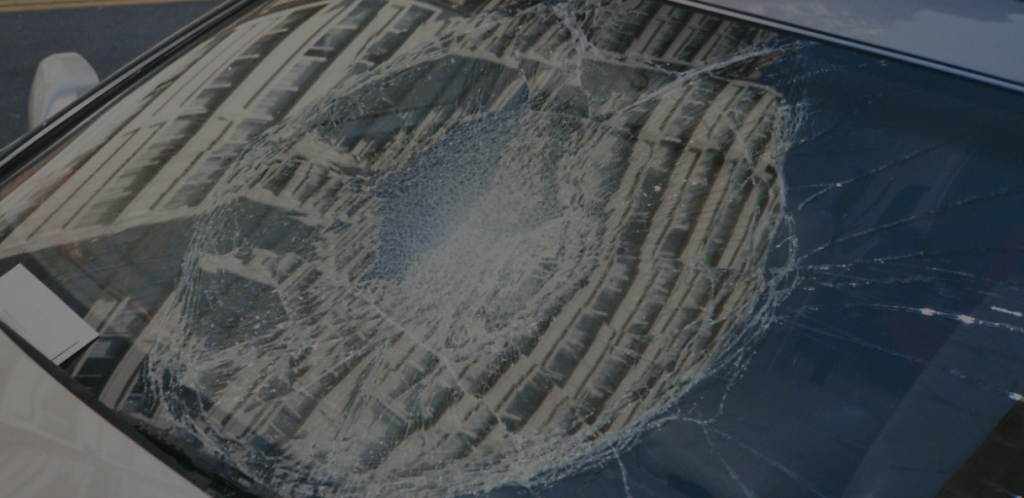
Smart windshields are like adjustable tints that change according to weather conditions. For example, during the peak sunlight hours, the windscreen will darken to mitigate glare as well as hot temperatures within the vehicle. These windshields, like other smart devices, augment the driving experience and reduce wearisome eye strain as well as fatigue. Some models come with sensors that automatically change the shading based on the time of day or sunlight levels for unparalleled comfort and visibility at all times.
Moreover, smart glass technology is being integrated into windows that control solar exposure to reduce radiation and the load on air conditioning. This innovative tech in the industry does wonders for the environment as it drastically lowers energy consumption while improving fuel efficiency, making the cars even more eco-friendly.
Self Healing Materials: Increasing Longevity and Durability
Self-healing materials is a new option harnessing strategic innovation for the windshield industry. Self-healing materials can automatically restore an item’s aesthetic damages such as chips and scratches, making sure the product aligns with best appearance and structural integrity. The technology could improve windshields by lowering expensive replacement costs and augmenting vehicle safety by increasing the glass’s durability.
“Self-polymerizing” refers to self-healing materials, Polymer Defects, advanced coatings, or combinations thereof which capably “heal” self-inflicted damages. An example of this is if a small chip or crack is made in a windshield, the material “removes” the damage by reordering the bonds and stitching together the surfaces at the molecular level. Typically, an adhesive is activated by heat, or pressure is applied to the restoring material causing it to return to its original form enabling a repair. Many automotive applications are still in the developmental stages of glass repair technology, but the potential value is remarkable in transforming the techniques used to repair glass surfaces.
Materials which can self-heal will allow for self-restorative amendments to be made to deal with minor imperfections. Currently these materials can only passively self-restore within a very short time, limited time, and scale that can be controlled domain which can be cured windshields. Furthermore, unattended small scratches and breaks are capable of becoming larger scramble surface bosons increases over time are avoidable.
As We May “Not” See It: Advanced Reality Windshields
A windshield can be equipped with an overlay that functions as an Augmented Reality (AR) display. With the AR Display Windshield interface, Augmented Reality can allow complete transformations of the comprehension and relationship motorists have with vehicles today by enabling multi-layer hands-free dialogues functions as information calls whilst fully in the command of the vehicle and driving…glancing.
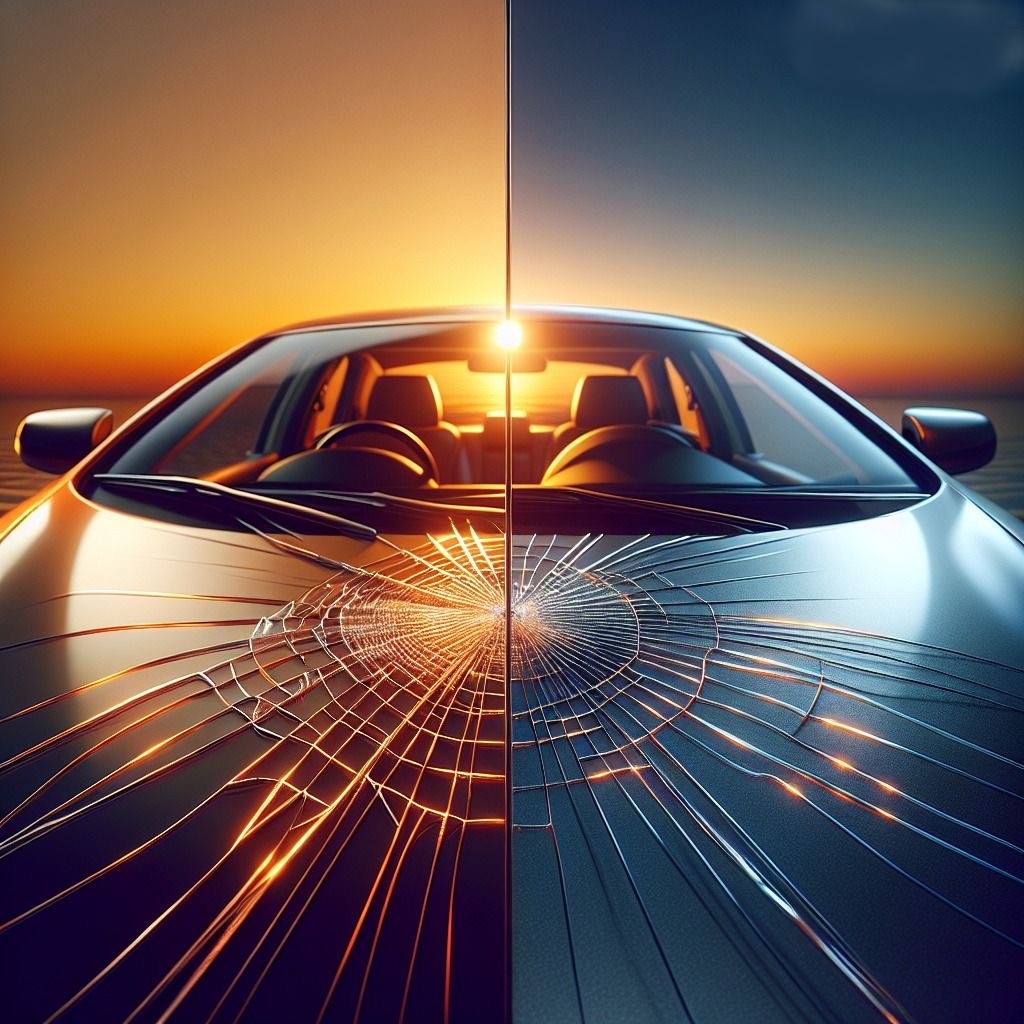
The AR windshields do have the capability of displaying virtual the temporal maps, giving the traffic information for a certain route, advertisement billboard warning signs dynamically placed away the road border and computer speed rate projected air off the edge. The intention is to enhance the experience when driving provided the experience is given in the appropriate manner.
The futuristic navigation and safety systems AR windshields offer could also incorporate hazard and obstacles advanced safety features assisting the drivers more. For example, the system could literally capture and highlight street crossers and symbolically denote them as pedestrians with symbols on the windscreen assisting the driver in avoiding potential accidents while steering the vehicle towards those paths. This will reduce road traffic accidents drastically.
Along with serving educational functions, interactive maps could assist in vehicle diagnostics. The use of Augmented Reality Technology on vehicle windshields is limitless. One can be sure that the possibilities of integrating augmented displays into vehicles will, with advancing technology, be decades earlier than expected.
Additive Technologies: Coating Application Technology in Modern Exterior Glass
The introduction of added coatings is strongly impacting the development of new automotive windshields. These coatings increase windshield service life, weather durability performance, and overall visibility.
The most popular of advanced coatings for windshields is hydrophobic coatings. Windows that have gone through this hydrophobic coating process become easier to clean because there is less chance for dirt and debris to cling, and exposed surfaces can be wiped easily.
One of the most popular types of coating utilized today are Anti Reflective coatings. The primary purpose of these coatings is to reduce glare and reflective lighting to improve vision while driving in low light situations. For driving at night, anti reflective coatings help minimize the glare of a vehicle’s headlights which enhances night driving safety and comfort.
Car manufacturers are also working on other types of coatings that will improve the scratch and chip resistance of the windshield. These coatings mitigate scratches from road debris and environmental factors, to enhance the lifespan and performance of the windshield.
Windshield Materials Sustainability and Future
Like other industries, the automotive industry has also shown increased focus on sustainability. This also includes new developments regarding windshields. One particular area of concern is the integration of recyclable and biodegradable materials into the production of windshields.
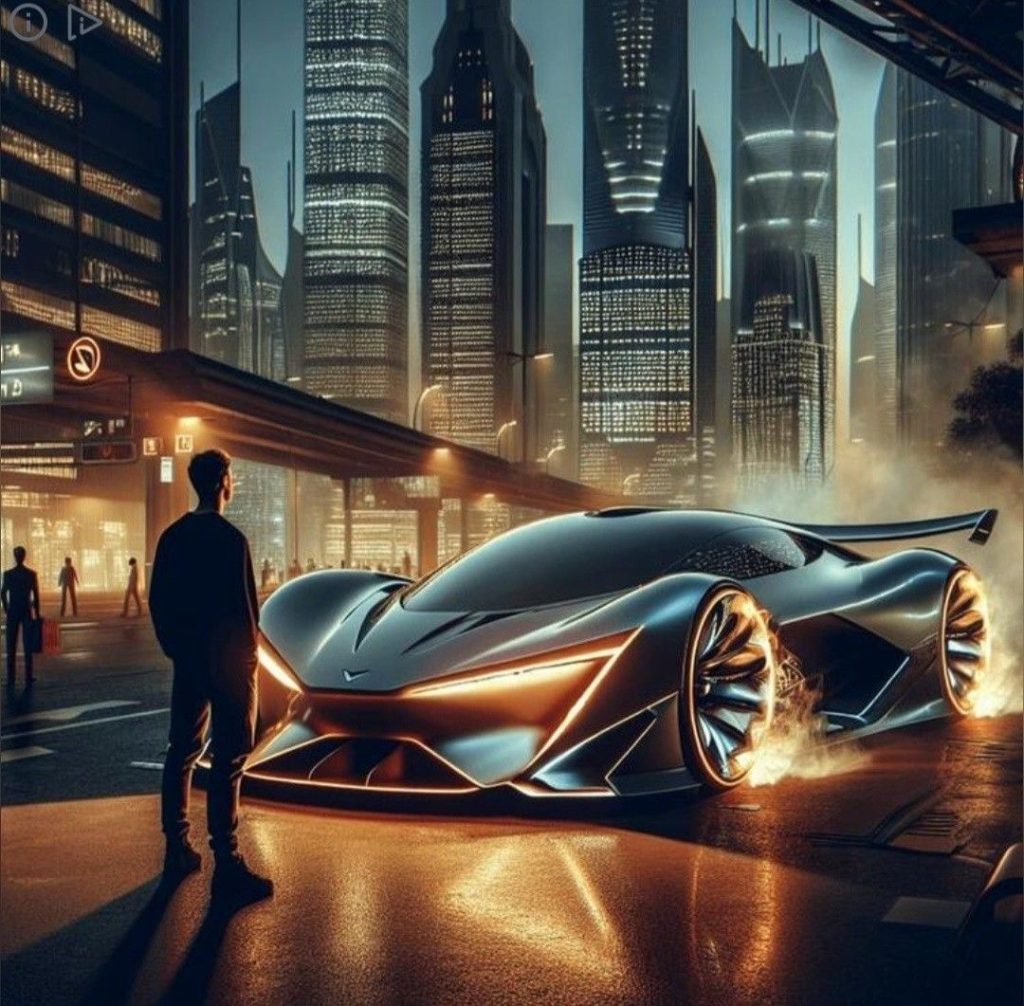
Laminated glass, which consists of two sheets of glass with a plastic interlayer, has always been regarded as the standard in the industry. However, research is being conducted toward more feasible and readily available recycled alternatives, such as bioplastics and biodegradable resins, which strengthen the environmental value of both producing and disposing of windshields.
Additionally, old windshields can be repurposed into new ones which decrease their environmental impact, thanks to constantly developing technology. This is the case in the automotive sector, as it attempts to solve its own environmental problems. Providing affordable vehicles for everyone results in negative ecological consequences.
Final Thoughts
VO Vision’s windshield integration technology will surely flourish. Future automobiles will be constructed out of smarter, safer, and greener materials such as smart glass, self-healing materials, augmented reality displays, and advanced coatings. “With evolving technology, everything concerning experience while driving will improve, plus sustainability and safety will be upheld.” There is no doubt new technologies will shift the fundamental interaction people have with cars, and instead of replacing today’s cars with better ones in every aspect, we will be replacing the windshields.


